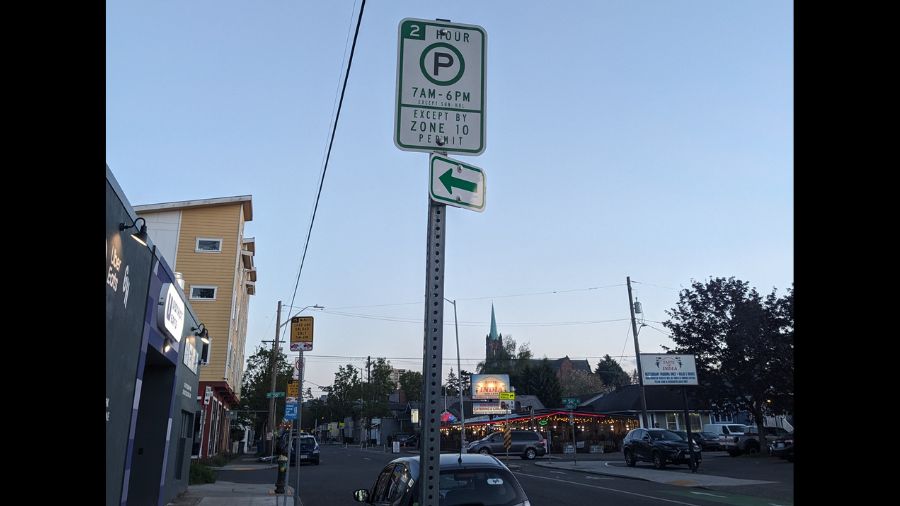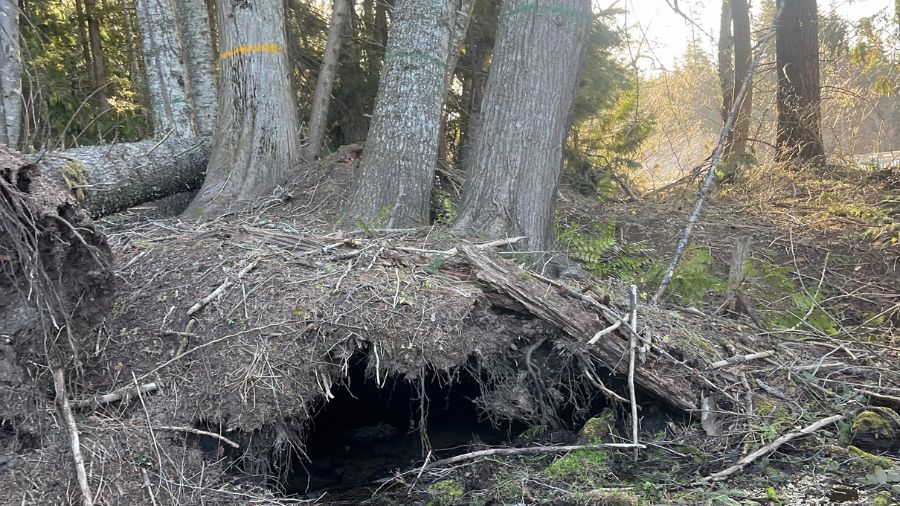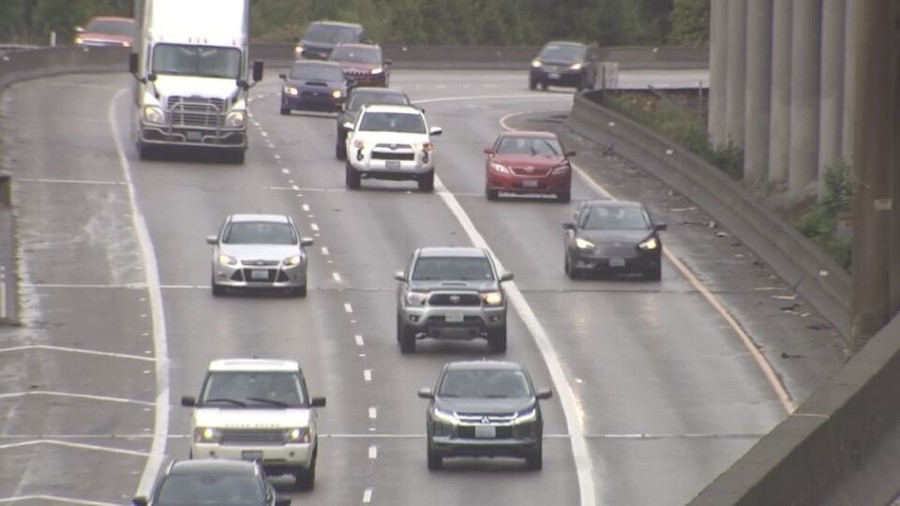Sound Transit CEO: We need cooperation to improve light-rail timeline
Dec 13, 2016, 8:03 AM

It’s been more than a month since voters approved a $54 billion tax increase to expand light rail across the region. But when will we start seeing the benefits of Sound Transit 3?
Sound Transit has plenty to do now, and we will see far more tangible results from Sound Transit 2 in the near-term. Northgate will receive light-rail service by 2021, under the current schedule. Service to Bellevue and Lynnwood will be available by 2023.
Sound Transit has to get at least some of the money it will receive from the latest ballot measure in the bank before investments into Sound Transit 3 can be made.
Agency CEO Peter Rogoff says people need to be patient.
“We’re talking about building a 116-mile light-rail network that will really connect the major employment centers with the major residential areas,” he said. “It’s going to take years to build, but we’re starting now to get shovels in the ground as soon as we can.”
A lot of the behind-the-scenes work is underway. That includes things such as rights of way, environmental assessments, and design work.
“We finalized the environmental impact statement to get light rail all the way to Federal Way,” Rogoff said. “We now know we can get all the way to Federal Way because of the passage of the ballot measure.”
Related: Transit advocates want new light rail vote to speed construction
And work is underway for the Redmond expansion.
“[We] issued the contract to do preliminary engineering all the way to downtown Redmond,” Rogoff said. “Without that ballot measure, we would only be getting to Overlake.”
One of the first things people will notice under Sound Transit 3 will be the use of shoulders for Sound Transit buses. Rogoff is working with the Washington State Department of Transportation to utilize hard shoulder driving, especially on I-5.
“The HOV lanes provide comparatively little time benefit compared to HOV lanes in other parts of the country,” he said. “And that’s because they’re already full. By enabling us to be able to run buses on just certain segments of the shoulder we are hoping to speed up commutes for bus passengers in the near-term.”
But even this is about three or four years away. The shoulders need to be improved and beefed-up to handle the weight. There is also sound and environmental mitigation to deal with. Other transit agencies would also be able to use those hard shoulders.
In the meantime, Rogoff suggested the state raise the minimum requirement for HOV lanes in the area to improve drive times.
Rogoff is also working to speed up the timelines promised under Sound Transit 3, but he says that will only happen if the agency can get help from communities across the region, especially with permitting.
Related: More people riding Sound Transit light rail, data shows
“There are some communities around the region that … are working with us to have an expedited process so we can get shovels in the ground sooner and service to their people sooner,” he said. “But if we can get that level of cooperation across the region, that will enable us to make some improvements to the timeline.”
Under the current timeline, Redmond and Federal Way will receive service by 2024, Tacoma and West Seattle by 2030, Ballard 2035, and Everett by 2036.
Tell Chris about a Chokepoint or ask a traffic question @kirortraffic via Twitter.













